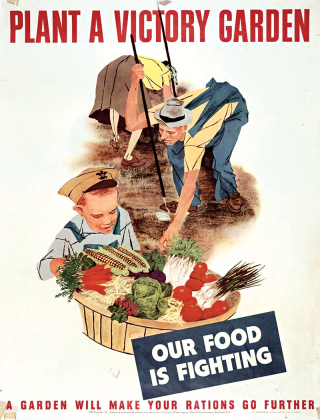
Heather Kirk-Ballard /LSU AgCenter horticulturist
As the consumer horticulture extension specialist for Louisiana, I am very interested in understanding how the stay-at-home orders during the COVID-19 pandemic affected the amount of gardening folks did while they were at home.
That’s why the LSU AgCenter is conducting a consumer gardening survey. If you haven’t taken it yet, please do so online at http://bit.ly/lsuaggardensurvey.
During the stay-at-home orders, many people had more time on their hands, and with that, cabin fever set in. Just as bicycles, free weights and other exercise equipment began to sell out, so did vegetable transplants, seeds and ornamental plants. People had more time to be active outdoors.
More than 1,900 people have already responded to our consumer gardening survey. The survey asks folks how long they have been gardening, how much time they spent in the garden prior to and during the stay-at-home orders, and what they expect after COVID-19 pandemic.
So far, 60% of participants answered they had been gardening for more than 10 years, 11% for five to 10 years, 17% for one to five years, and 10% said they were first-time gardeners.
Next, I ask if participants had increased the amount of time they spent gardening during the pandemic, and 82% of the participants said they had. When asked how often they were gardening during the pandemic, 46% said they were gardening five to seven days a week, and 35% said they were gardening three to five days a week.
Perhaps one of the most important lessons I’ve learned from the survey was the reasons people gave for gardening. The No. 1 answer was “because it makes me happy” at 88%. Other answers included stress relief and relaxation at 88% and to be out in nature and outdoor physical activity at 87%. This confirmed my belief that indeed, most people garden because it is good for their health and well-being.
Finally, we ask how folks got the information they needed on gardening during the pandemic, and 51% of Louisianians said they got their information from the LSU AgCenter website, social media pages, news articles and local agents — another great find from this research. The Cooperative Extension Service is still the go-to source for information on gardening needs.
The history of the Cooperative Extension Service in the U.S. dates back to the Civil War in 1862, when President Abraham Lincoln signed the Morrill Act, setting up the land-grant college system. The mission was to educate citizens in agriculture, home economics, mechanical arts and other occupations through research and education. Louisiana State University and Agricultural and Mechanical College obtained its status as a land-grant university in 1877.
In 1914, President Woodrow Wilson signed the Smith-Lever Act, calling it “one of the most significant and far-reaching measures for the education of adults ever adopted by the government.” The act established the Cooperative Extension Service to “help people help themselves” by taking the university to the people.
This program was a cooperative plan between the U.S. Department of Agriculture and universities with funding from federal, state and local sources to help provide quality research-based science, education and real problem solving.
Back then, more than 50% of the population lived in rural areas, with 30% being farmers. The Cooperative Extension Service helped make the American agricultural revolution possible by helping increase farm productivity. The number of farms in the U.S. has gone from 5.4 million to 1.9 million. One farmer today supports the food needs of 140 people compared to 15.5 in the 1950s thanks in part to the Cooperative Extension Service.
During WW I, extension agents worked to help support the troops by helping farmers plant more wheat, taking wheat acreage from 47 million in 1913 to 74 million acres in 1919. They also taught homemakers to can, dry and preserve food from their homesteads and gardens.
During the Great Depression, agents taught farming techniques and management, teaching farmers how to keep accounting books, market their products, and organize buying and selling cooperatives. They promoted home gardening and poultry production to improve nutrition as well as sewing and canning and preserving food as a way to help families generate much-needed money.
During WW II, the focus again was on increasing food production. Production increased by 38% in 1944 despite labor shortages as a result, in part, of the extension service’s advocacy for victory gardens.
Fewer than 2% of Americans farm today, and only 17% live in rural areas. Cooperative Extension programs operate in all 50 states. And despite the challenges of the COVID-19 pandemic, agents continue to answer the call by providing reliable information from research regarding all things agriculture.
We continue putting on community events, conducting lectures and field days, and working to meet the demands of farmers, homeowners and consumers. Many of these services have been moved to virtual platforms to meet the restrictions created by the pandemic.
In the century since its inception, the Extension Service has and continues to adapt to change and meet the challenges set before us, from water scarcity and climate change to decreasing pollinator populations and increasing urban and suburban populations. Through new technologies and new approaches to research and education such as precision agriculture, we continue to help farmers increase production.
My gardening advice today is to get to know your local extension agents. Use the resources from the LSU AgCenter Cooperative Extension Service. We are here to support our communities with garden soil testing, plant disease and pest diagnoses, and programs in 4-H, textiles, nutrition and animal sciences. Visit lsuagcenter.com for more information.
I am proud to be a part of the Cooperative Extension Service of the United States of America.
